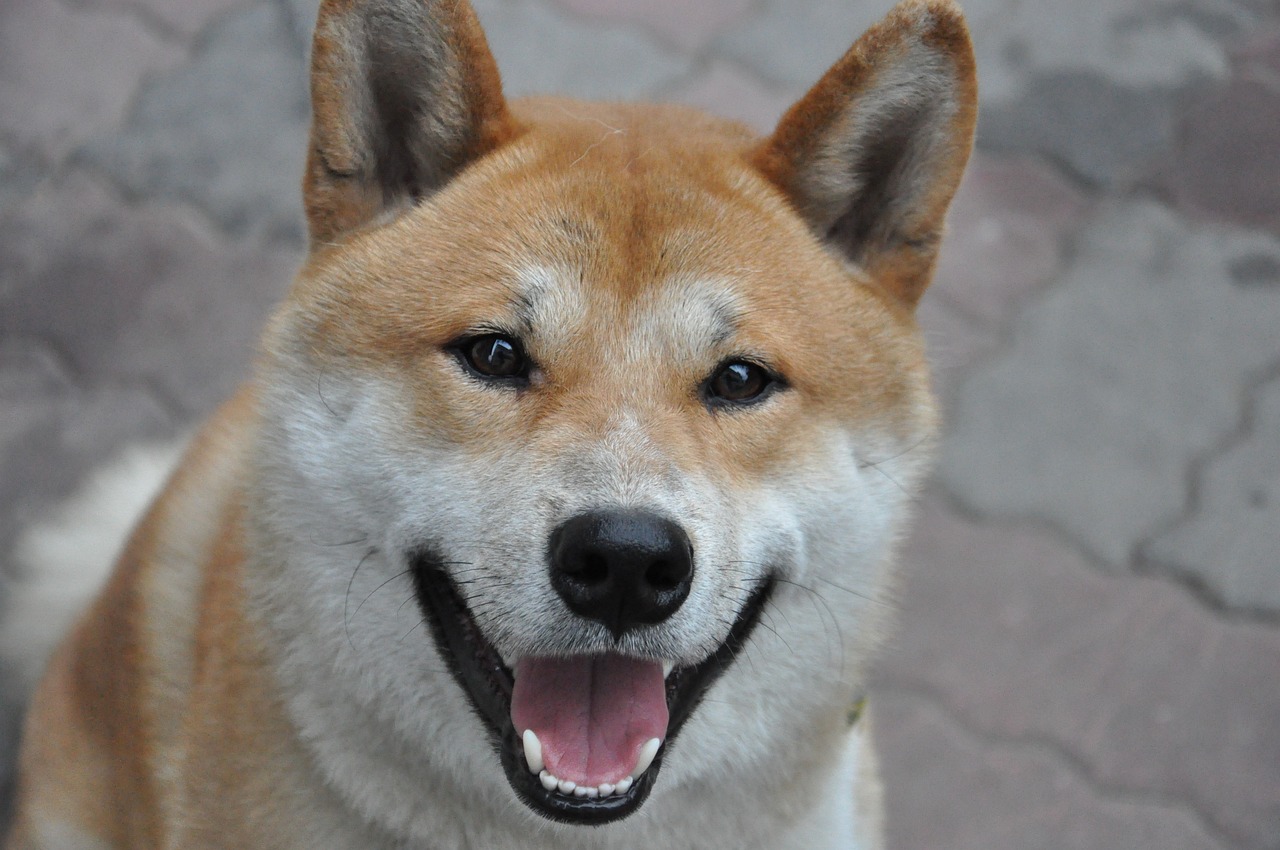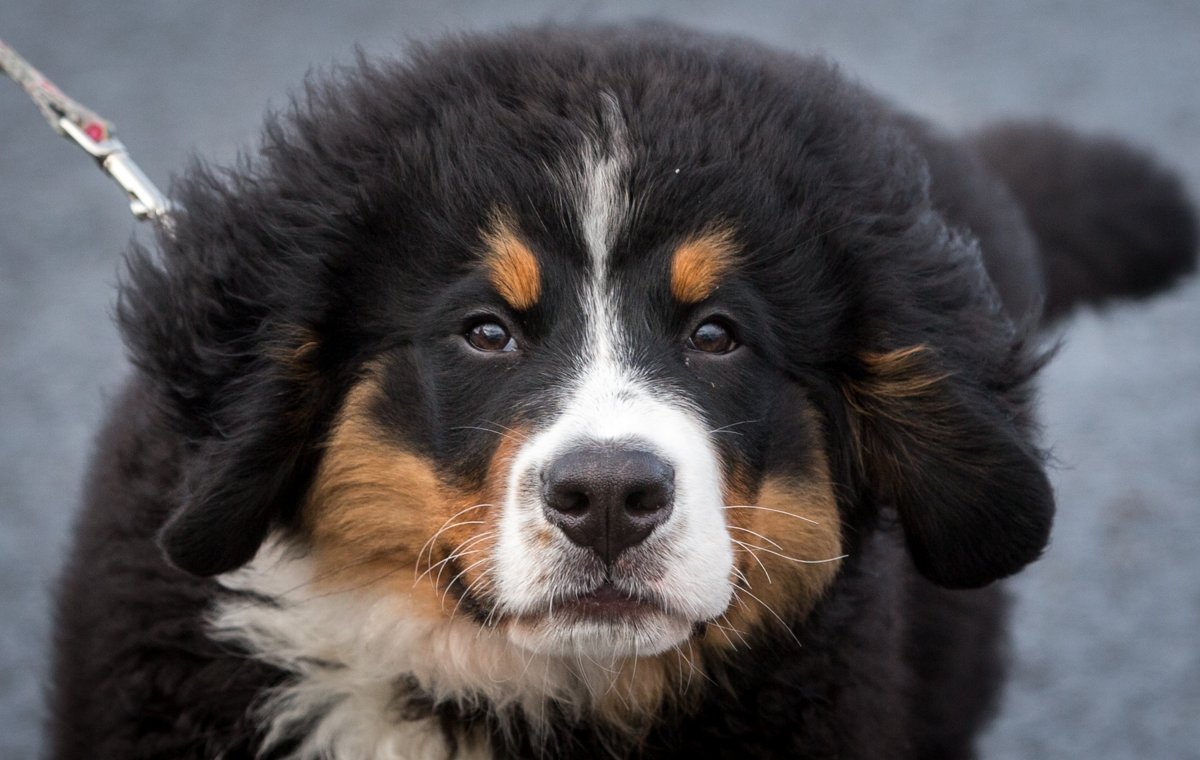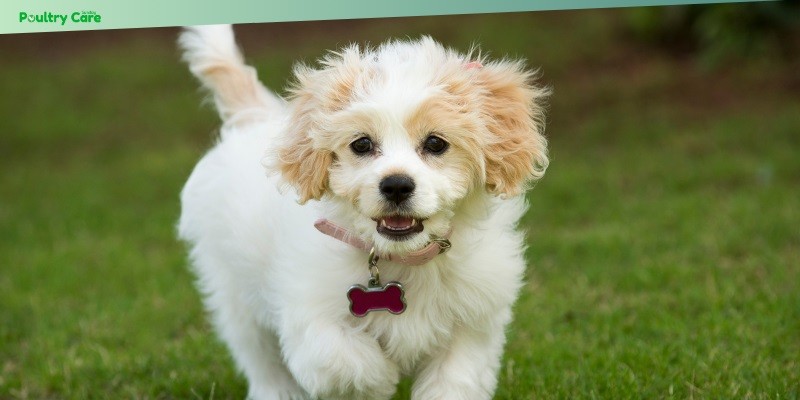Independence in dogs can be a desirable trait. It often means less need for constant attention.
Many dog lovers seek breeds that are self-sufficient. Independent dogs can entertain themselves and handle alone time well. These breeds often exhibit strong decision-making abilities and confidence. They are great for busy owners or those who value a more hands-off approach to pet care.
Independence in dogs doesn’t mean they don’t need care and affection. It just means they thrive with a bit more autonomy. Understanding these breeds helps you decide if an independent dog suits your lifestyle. This blog will explore the most independent dog breeds and what makes them unique.

Credit: iheartdogs.com
Top Independent Dog Breeds
Certain dog breeds are known for their independence. Huskies and Shiba Inus are famous for their self-reliant nature. Basenjis also show strong independent traits, making them unique companions.
Imagine coming home after a long day, and your furry friend greets you with a wagging tail but doesn’t need constant attention. That’s the charm of independent dog breeds. These dogs are self-reliant, making them ideal for busy individuals or families who value a pet that can entertain itself. Let’s explore what makes them stand out and discover which breeds are known for their independence.
Characteristics
Independent dogs are often intelligent and self-sufficient. They don’t always need human interaction to be happy. This doesn’t mean they don’t love their owners; they simply enjoy their own company too.
These breeds can be more resilient and adaptable. They are great at problem-solving, and sometimes they even surprise you with their resourcefulness. Have you ever seen a dog figure out how to open a door? It’s both impressive and a little mischievous!
Yet, their independence can be a double-edged sword. While they thrive on their autonomy, they may also be stubborn. Training them requires patience, consistency, and a sprinkle of creativity.
Examples
– Basenji: Known as the “barkless dog,” the Basenji is independent and clever. They enjoy exploring and often keep themselves entertained.
– Afghan Hound: With their regal appearance, Afghan Hounds are known for their aloofness. They’re affectionate but appreciate their space.
– Chow Chow: These fluffy companions are fiercely independent. They bond closely with their families but can be reserved with strangers.
– Shiba Inu: Popular for their spirited personality, Shiba Inus are confident and self-reliant. They have a cat-like demeanor, often preferring to observe rather than participate.
– Scottish Terrier: Terriers are known for their tenacity, and the Scottish Terrier is no exception. They are loyal but have an independent streak that makes them unique.
Is an independent dog breed right for you? Consider your lifestyle and how much time you can dedicate to your pet. An independent breed might be perfect if you appreciate a dog that can entertain itself while you’re busy.

Credit: www.newsweek.com
Training Independent Dogs
Some dog breeds are more independent than others. These breeds often enjoy solitude and can entertain themselves. Training independent dogs requires patience and understanding of their unique needs.
Training independent dogs can be quite a challenge, but it’s definitely not impossible. These breeds are known for their self-reliance and strong will, which means traditional training methods might not always work. However, with the right techniques and a bit of patience, you can successfully train your independent dog.
Challenges
Independent dogs often have a mind of their own. They might not respond to commands as quickly as other breeds. This can make training sessions feel frustrating.
These breeds are often less motivated by praise or treats. They might prefer to explore on their own rather than engage with you. This can make it hard to hold their attention during training.
Consistency is key. Independent dogs need clear, consistent boundaries. Any inconsistency can confuse them and set back their training progress.
Effective Techniques
Positive reinforcement works wonders. Reward your dog with treats and praise when they follow commands. This helps them associate good behavior with positive outcomes.
Keep training sessions short and engaging. Independent dogs can lose interest quickly. Short, frequent sessions can keep them focused and motivated.
Use a firm, but gentle approach. Independent dogs respond better to calm, assertive commands rather than harsh reprimands. Patience and understanding go a long way.
Create a structured environment. Independent dogs thrive on routine. Consistent training times and clear rules help them understand expectations.
What techniques have you found effective in training your independent dog? Share your experiences in the comments below!
Living With Self-sufficient Dogs
Living with self-sufficient dogs can be a unique experience. These dogs have a strong sense of independence. They often prefer to do things their way. While this can be a challenge, it also means they can handle certain tasks on their own. Owners of independent dogs may find their pets require less constant attention. This can be a relief for busy individuals. But it also means these dogs need special care.
Daily Care
Daily care for independent dogs involves understanding their needs. These dogs may not seek out affection like other breeds. Regular health check-ups are crucial. Ensure they have a balanced diet. Plenty of exercise is important. Provide mental stimulation to keep them engaged. Toys and puzzles work well. They help to prevent boredom. Maintain a clean living space. It ensures their overall well-being. Consistent routines make them feel secure.
Socialization
Socialization is vital for self-sufficient dogs. They may not naturally seek out social interactions. Early exposure to different environments helps. Introduce them to various people and other animals. Positive reinforcement works best. Reward them for good behavior. Regular social activities are key. Dog parks and group training sessions help. They develop better social skills. This reduces the risk of behavioral issues. Patience and consistency are essential.
Finding The Right Independent Breed
Choosing an independent dog breed can be exciting. These breeds often think for themselves. They may not always need constant attention. This can be perfect for some lifestyles. But, finding the right match takes some thought.
Lifestyle Match
Consider your daily routine. Independent dogs do well in busy households. They can entertain themselves. If you work long hours, this could be ideal. But, they still need exercise. A daily walk or playtime is important. Think about your home environment too. Independent dogs often thrive in bigger spaces. A yard can be a great asset. If you live in an apartment, choose a smaller breed. They need less space and adapt well.
Considerations
Training an independent dog can be tricky. They like to do things their own way. Patience is key. Use positive reinforcement. Treats and praise work well. Consistency helps too. Set clear rules from the start. Socialization is also important. Introduce your dog to new people and pets. This builds confidence and reduces fear.
Health is another factor. Research the breed’s health issues. Some breeds are prone to specific conditions. Regular vet visits are essential. A balanced diet keeps your dog healthy. Choose high-quality food. Avoid overfeeding to prevent obesity.
Grooming needs vary by breed. Some require regular brushing. Others need occasional baths. Check the breed’s grooming requirements. Ensure you can commit to these needs.

Credit: www.newdoggy.com
Frequently Asked Questions
Which Dog Is Most Independent?
Basenjis are highly independent dogs. They are known for their strong-willed nature and minimal need for human companionship.
What Breed Of Dog Can Be Left Alone During The Day?
Certain dog breeds can be left alone during the day, including Basset Hounds, French Bulldogs, and Greyhounds. These breeds are generally more independent and can tolerate being alone for longer periods. Always ensure they have enough food, water, and mental stimulation.
What Is The Least Clingy Dog Breed?
The Greyhound is the least clingy dog breed. They are independent, calm, and enjoy their alone time.
Which Dog Suffer Least From Separation Anxiety?
The Basset Hound suffers least from separation anxiety. They are independent, calm, and can comfortably stay alone for longer periods.
What Are The Most Independent Dog Breeds?
Some of the most independent dog breeds are the Shiba Inu, Afghan Hound, and Basenji.
Conclusion
Independent dog breeds make great companions. They require less attention and training. They are perfect for busy owners. Each breed has unique traits. Choose the one that fits your lifestyle. Enjoy the bond with your independent dog. They will love you in their own way.
Embrace the journey with your furry friend.
Last Updated on June 27, 2025 by Pauline G. Carter

